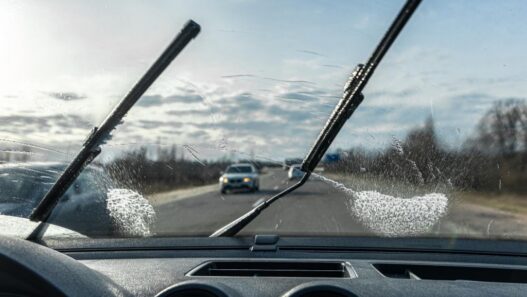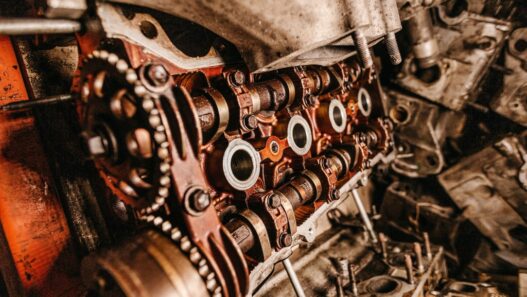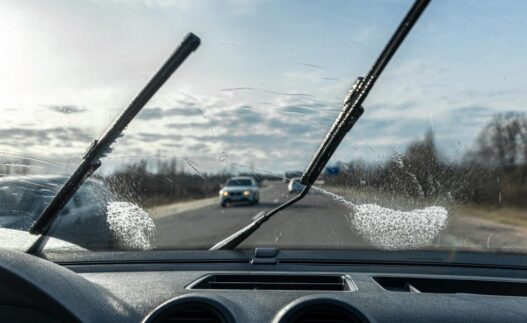Windshield wipers might seem like a small detail, but they play a huge role in driving safety. Poor visibility during rain or snow is one of the top causes of accidents — and worn or mismatched wipers only make things worse.
Choosing the right set isn’t just about grabbing the first pair at the store. It’s about fit, quality, and knowing what your car really needs. Here’s a complete guide to making the right choice.
Why Wiper Blades Matter More Than You Think
Wiper blades keep your windshield clean and streak-free, ensuring maximum visibility in all weather. When they’re worn out or the wrong size, they may:
-
Leave streaks and smears
-
Miss parts of the windshield
-
Make annoying noises
-
Damage the glass or paint due to metal-on-glass contact
Step 1: Know the Correct Size
Not all wipers are created equal — and each car model often uses different lengths for the driver and passenger sides.
To find the right size:
-
Check your owner’s manual
-
Measure your current blades
-
Use an online fitment guide (available on most auto parts retailer websites)
Pro tip: Rear window wipers are often a different size, too — don’t forget about them.
Step 2: Choose the Right Type of Wiper Blade
There are several types of wipers, each with their own advantages:
-
Conventional (frame-style):
Affordable, common, and work well in moderate conditions. Best for basic needs. -
Beam blades:
Sleek, frameless design with even pressure along the blade. Great for snow and ice. More expensive, but durable and quiet. -
Hybrid blades:
Combine the frame and beam designs for improved performance and durability.
If you drive in harsh winter climates, consider special winter wipers with a rubber shell to prevent ice buildup.
Step 3: Check the Connector Type
Not all wipers fit the same way. The attachment system (e.g., J-hook, pin, bayonet) needs to match your car. Most new blades come with multiple adapters or a universal fit system, but always double-check compatibility before buying.
Step 4: Quality Over Price
It’s tempting to buy the cheapest set, but that often leads to poor wiping and quicker wear. Investing in higher-quality blades means:
-
Longer lifespan
-
Better performance in rain, snow, or dust
-
Quieter operation
-
Less risk of scratching the glass
Brands like Bosch, Valeo, Rain-X, or Michelin are consistently rated highly.
Step 5: Replace Them Regularly
Even the best blades wear out. A general rule:
-
Replace every 6 to 12 months, or
-
Sooner if you notice streaking, chattering, or missed spots
Check for cracks or hardened rubber — both are signs it’s time for a new set.
Bonus Tips for Maintenance
-
Clean the blades with a damp cloth every few weeks
-
Top up washer fluid regularly
-
Don’t use wipers on dry glass – it wears out the rubber quickly
-
Lift them during snow to prevent freezing to the windshield
Final Thoughts
Wiper blades are often overlooked until they fail — usually at the worst moment. By knowing your car’s size, choosing the right blade type, and replacing them on time, you ensure clear vision and safer driving.
It’s a simple upgrade that takes just minutes — but makes a major difference on the road.


















